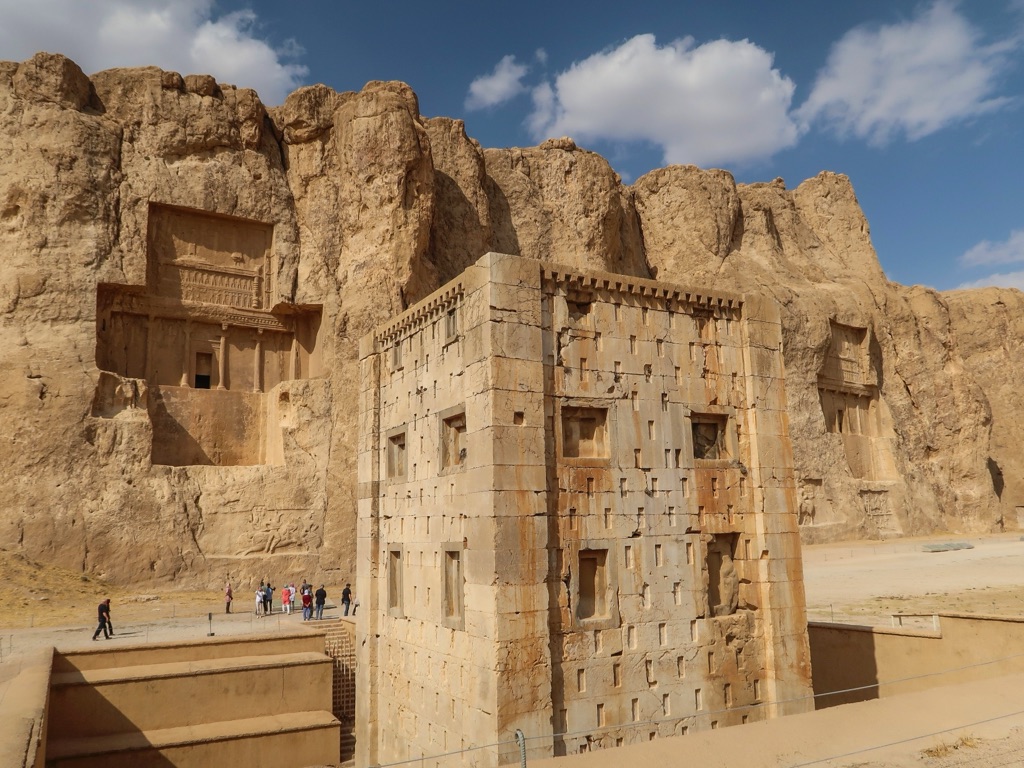Summary
Introduction to Naqsh e Rostam
Naqsh e Rostam is a historic site of colossal grandeur and significance, where echoes of ancient ceremonies still linger. Known as the necropolis of Persian kings, it boasts a cluster of royal rock tombs carved into a sheer cliff face. Visitors marvel at its four monumental tombs, belonging to Achaemenid kings, including Darius the Great. The site also includes seven Sassanian rock reliefs that showcase the empire’s power through depictions of imperial conquests and royal ceremonies, creating a narrative carved in stone that has withstood the test of time.
Get your dose of History via Email
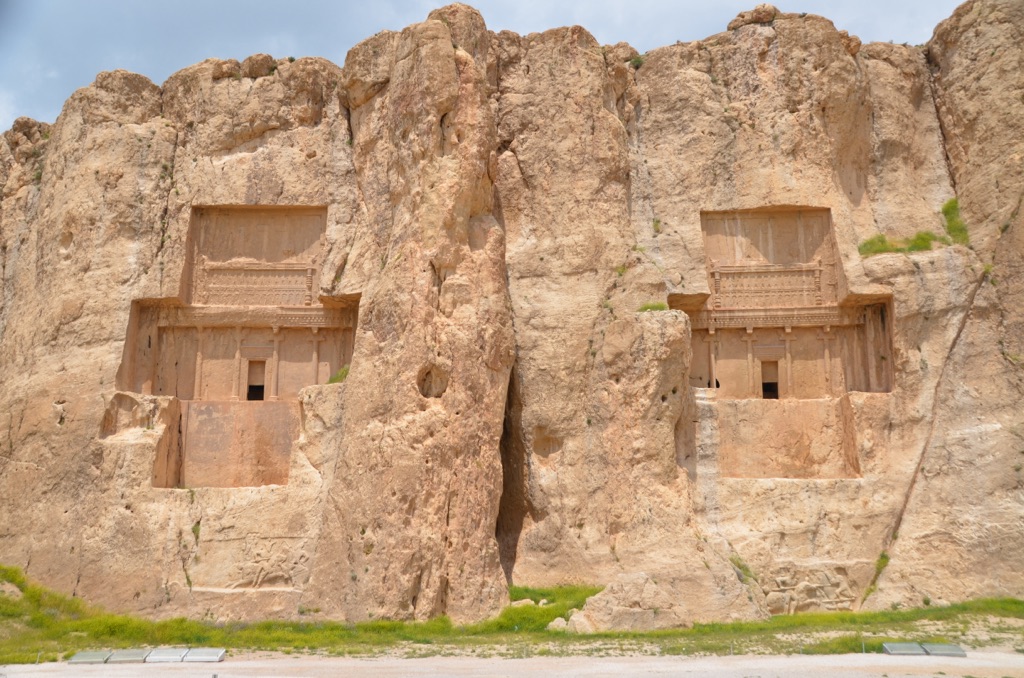
Architectural Majesty and Symbolism of Naqsh e Rostam
The artistry and architecture are equally awe-inspiring, with each tomb entrance framed by towering columns and intricate bas-reliefs. The carvings are not mere decorations; they symbolize the divine glory and eternal legacy of the rulers within. Below the tombs lay the Cube of Zoroaster, a structure shrouded in mystery that adds to the allure of the site. Together, these historical treasures paint a picture of Persian cultural and religious practices that has rarely been rivaled in richness.
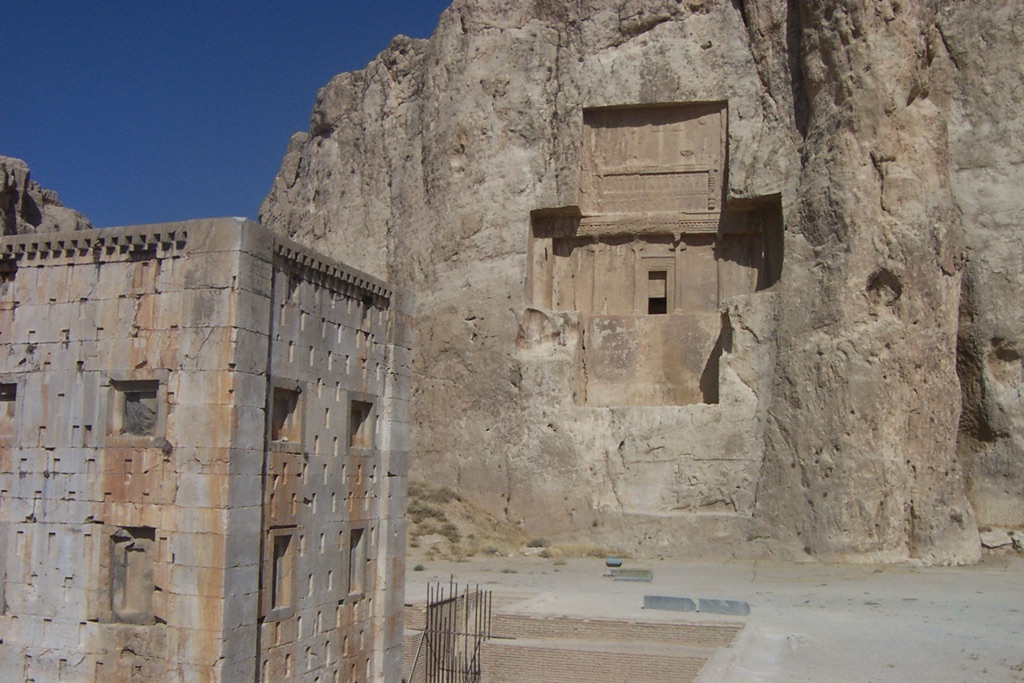
The Naqsh e Rostam’s Cultural and Historical Impact
Naqsh e Rostam has held a place of reverence in history for its testament to the ingenuity of ancient Persia. It has been a source of inspiration and wonder for historians, archaeologists, and travelers alike. The site’s preservation allows for an invaluable, tangible connection to the past. Its importance transcends mere aesthetic appreciation, offering a lens through which we might better understand the complexities of ancient political and spiritual life. As such, Naqsh e Rostam is not only a breathtaking spectacle but also a pivotal educational and cultural resource.

Historical Background of Naqsh e Rostam
In the shadow of the mountain ranges of Fars, Iran, rests the ancient site of Naqsh e Rostam. This awe-inspiring locale serves as the final resting place for Persian kings. It dates back to the first Persian Empire, the Achaemenid. The site is around 12 kilometers northwest of the revered city of Persepolis. Naqsh e Rostam thus represents centuries of Persian might and artistry. Engraved into a remote limestone cliff, the site comprises four monumental tombs and numerous bass-reliefs.
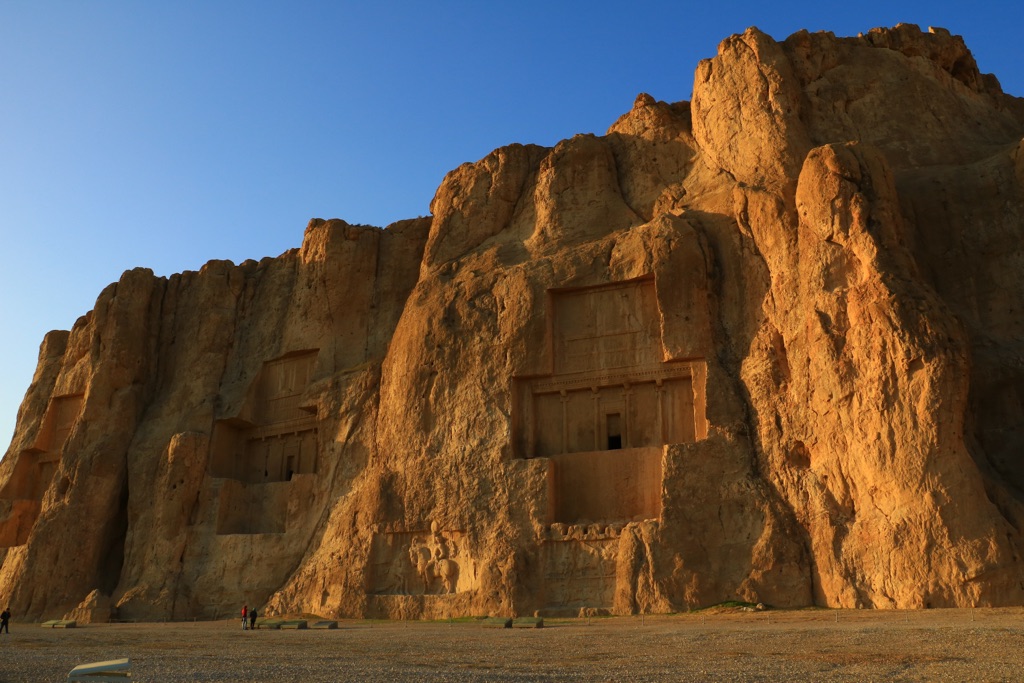
Legacy of the Achaemenid Empire
Naqsh e Rostam’s rock-hewn tombs are a testament to the Achaemenid Empire’s grandeur. The empire was founded by Cyrus the Great around 550 BCE. It quickly rose to prominence, and its influence spanned three continents. The tombs at Naqsh e Rostam mirror Persepolis’s architectural marvels. Their facades feature intricate designs, signifying the importance of the rulers within. The cross-shaped openings reveal burial chambers once filled with riches, which have long since been plundered.
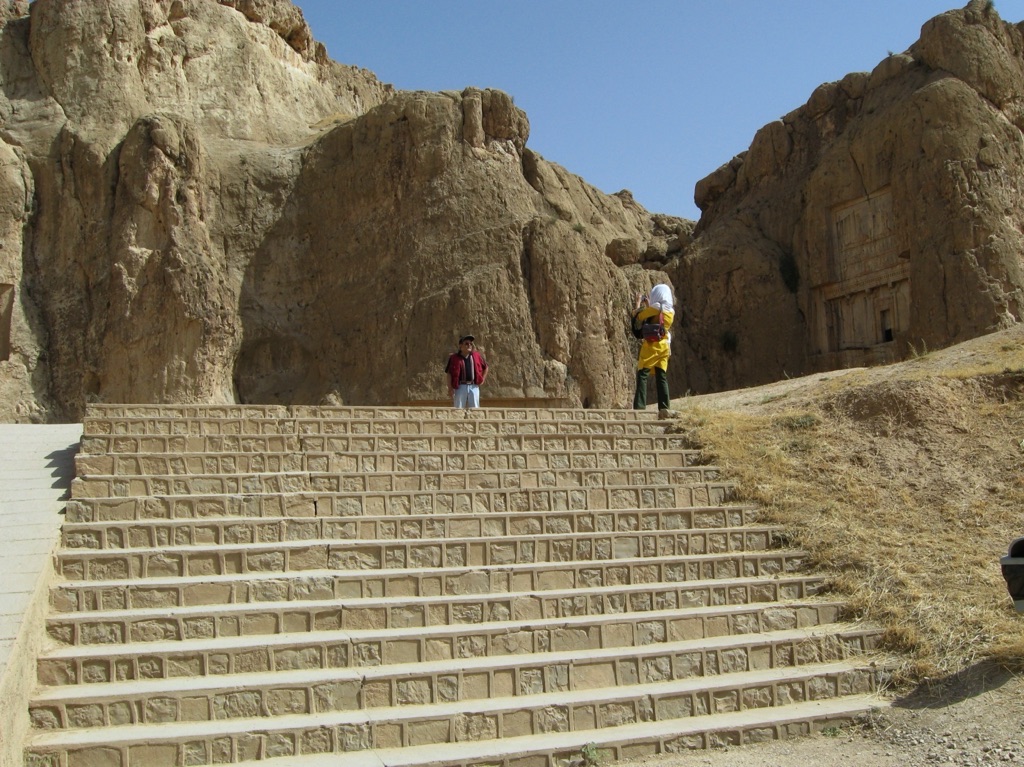
Artistic Narratives in Stone
The artistic narratives at Naqsh e Rostam are striking. They span various Persian eras, adding layers of historical context. The site’s rock reliefs depict the might and victories of Sassanian kings. These illustrations connect present-day onlookers to ancient tales of triumph and ritual. In particular, the triumph of Shapur I over Roman Emperors stands as a highlight of the Sassanian reliefs, symbolizing a significant shift in power in the region.
Religious Significance and Zoroastrian Connections of Naqsh e Rostam
The Cube of Zoroaster, a square tower-like structure, stands with majestic prominence at Naqsh e Rostam. Its purpose remains a subject of debate among scholars. However, many link it to Zoroastrianism, the dominant religion in Persia before the spread of Islam. The connection is plausible. Zoroastrianism emphasizes the worship of a single god and the dualism of good and evil. This philosophy likely influenced the iconography found throughout Naqsh e Rostam.
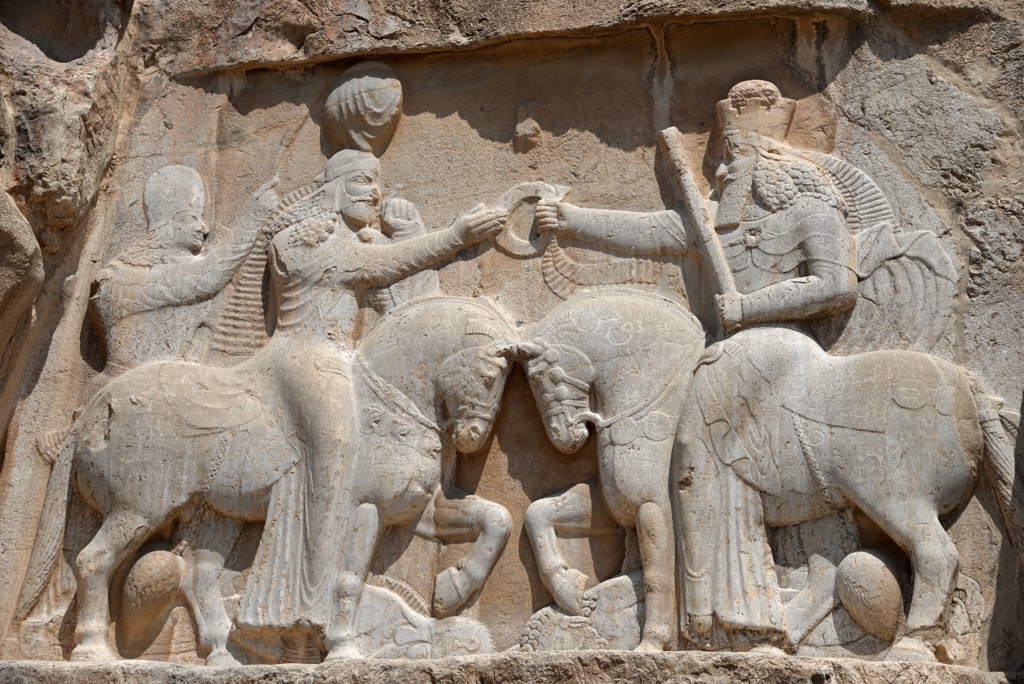
Naqsh e Rostam Today: A Cultural Repository
Today, Naqsh stands as a cultural and historical repository, offering insight into ancient Persian civilizations. The site attracts scores of visitors, historians, and archaeologists yearly. Each visitor aims to unravel its many secrets and appreciate its timeless grandeur. As a UNESCO World Heritage candidate, Naqsh e Rostam’s continued conservation is crucial. It ensures that future generations can also experience the wonder of these ancient narratives etched in stone.
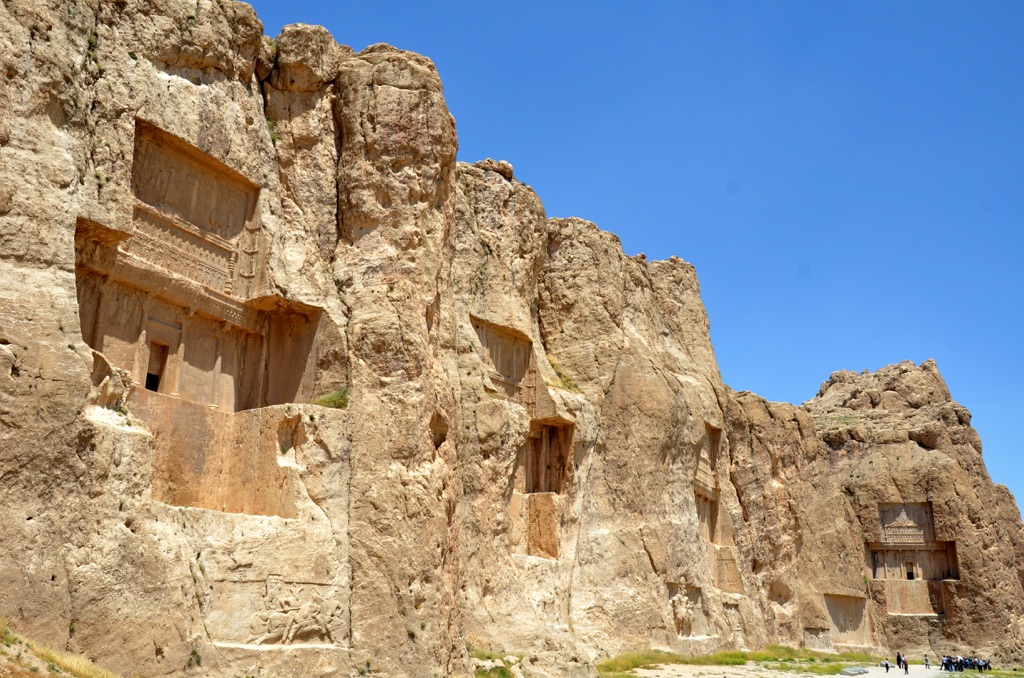
The Discovery of Naqsh e Rostam
Initial Recognition by Western Explorers of Naqsh e Rostam
Though long known to locals, Naqsh e Rostam’s introduction to the Western world came in the 19th century. Avid explorers and antiquarians, intrigued by tales of massive cliff carvings, sought to witness them firsthand. Their expeditions marked the site’s formal documentation and recognition. They began to unravel its history through detailed sketches and descriptions. This newfound awareness sparked a deeper investigation into the site’s significance.
Archaeological Excavations and Studies
Subsequent archaeological expeditions played a pivotal role in uncovering the site’s truths. In the early 20th century, comprehensive studies began. Teams from various countries excavated the area, revealing the significant craftsmanship behind the tombs and reliefs. The inscriptions and motifs provided historical context, confirming the site’s association with Persian kings and their dynasties.
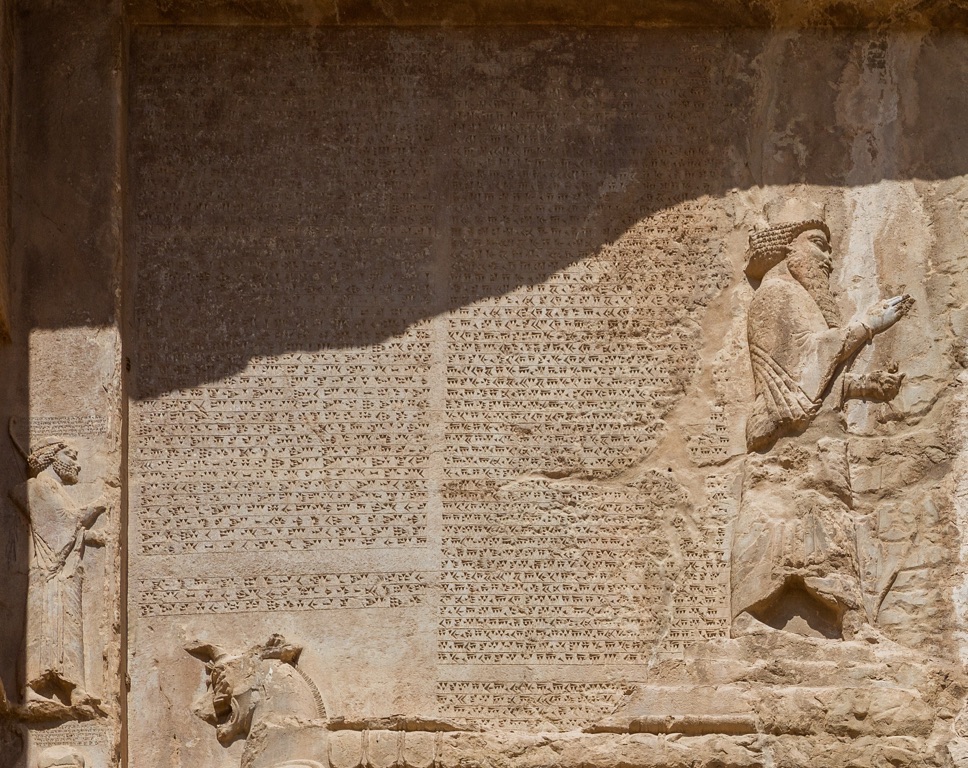
Unveiling Sassanian and Achaemenid Insights at Naqsh e Rostam
Investigations yielded critical insights into Sassanian and Achaemenid eras. As researchers deciphered the ancient scripts, they unveiled political and cultural narratives. This knowledge bridged the past with the present, shedding light on extensive Persian influence. Each discovery not only provided academic value but also enriched cultural heritage and understanding.
Preservation and World Heritage Recognitions
Global recognition of Naqsh e Rostam’s importance galvanized preservation efforts. The site achieved status as a potential UNESCO World Heritage site. This recognition reflected its universal value and the need to safeguard it for posterity. Conservation initiatives aim to maintain both the site’s physical and historical integrity, allowing its legacy to continue inspiring for years to come.
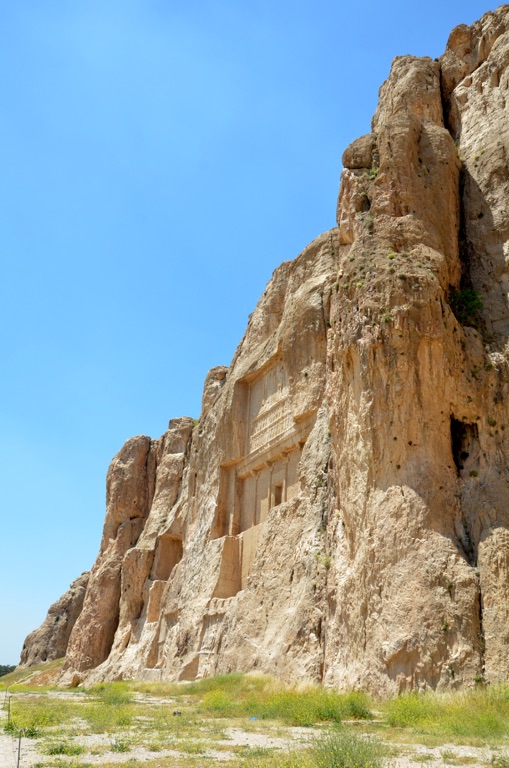
Naqsh e Rostam in Modern Times
Today, Naqsh e Rostam stands as a profound historical landmark, drawing visitors from around the globe. Its blend of mystery, art, and history keeps it at the forefront of significant archaeological sites. Moreover, it remains an active area of research. Modern techniques like photogrammetry constantly reveal more about this intricate historical tapestry. Thus, the discovery continues, as each new find adds to the rich story of this ancient wonder.
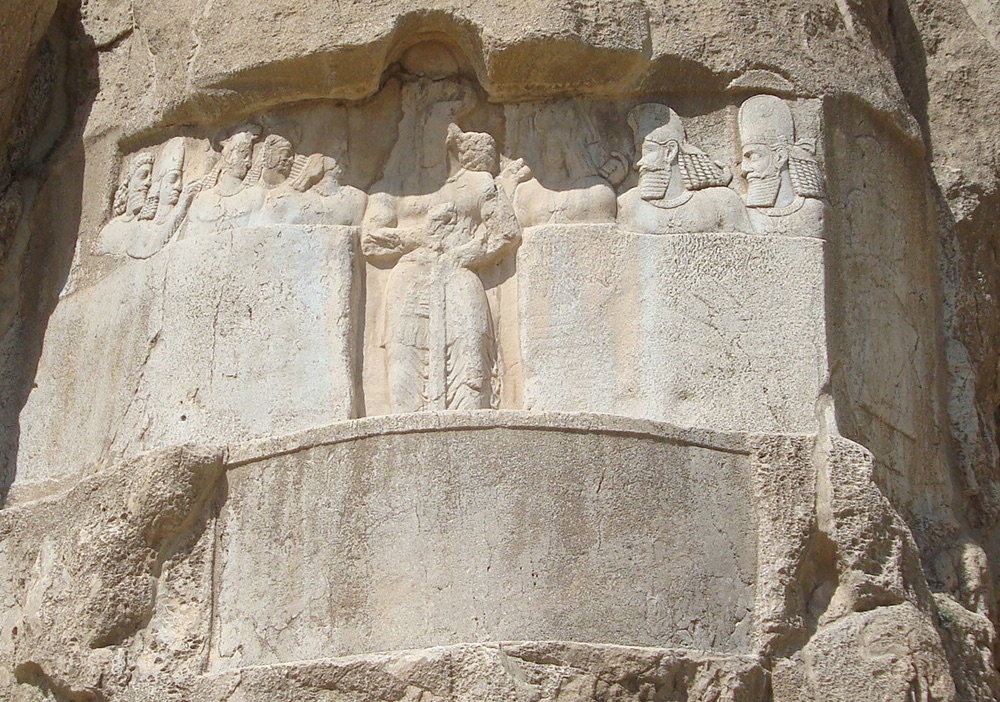
Cultural Significance, Dating methods, Theories and Interpretations
Naqsh e Rostam’s Historic and Cultural Impact
Naqsh e Rostam stands as a monumental testament to Persia’s ancient civilizations. It offers a window into the religious, social, and political life of its time. The site reflects the grandeur of the Achaemenid rulers and their sophisticated burial practices linked to Zoroastrianism. It also chronicles the victorious narratives of the Sassanian kings. Thus, Naqsh serves as a cultural beacon, highlighting the power and piety of past Persia.
Innovative Dating Techniques Applied to Naqsh e Rostam
Dating relics with precision has involved innovative archaeological techniques. Experts use tools like optically stimulated luminescence and radiocarbon dating on surrounding artifacts. These methods provide approximate dates for the creation of the tombs and reliefs. They suggest that the Naqsh’s origins trace back to roughly 1000 BCE, during the Elamite period. This dating aligns the site with significant events in Persian history.
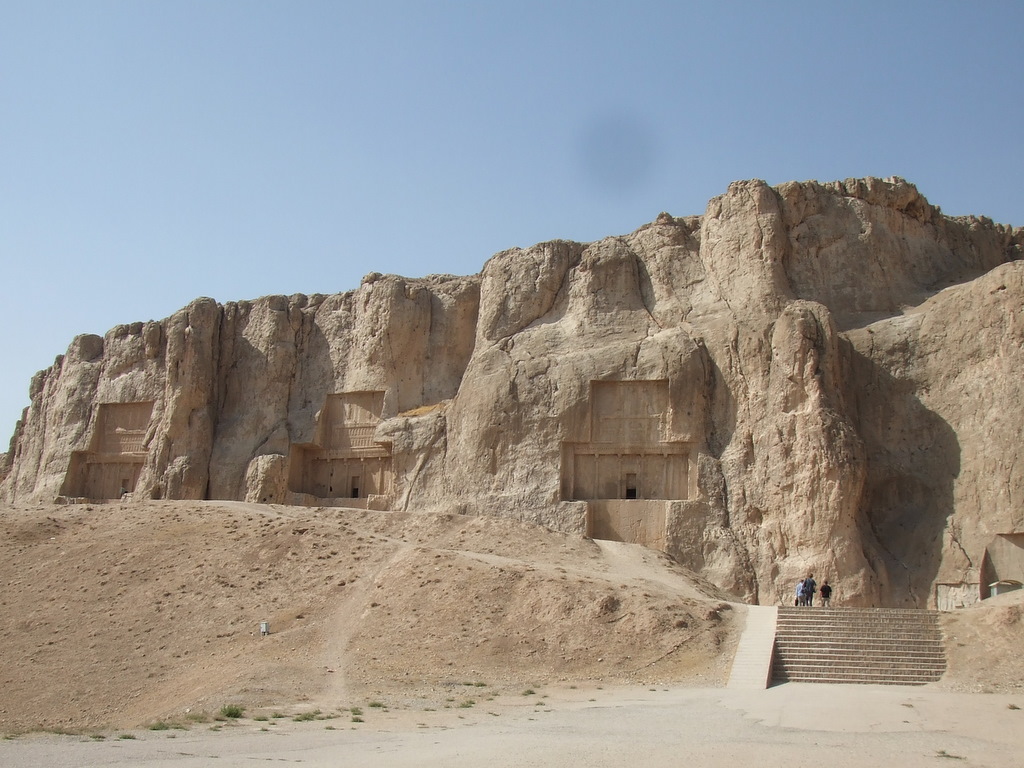
The Enduring Mysteries and Theories of Naqsh e Rostam
Despite advancements, Naqsh e Rostam still holds its share of mysteries. Scholars have developed theories regarding the purpose of some undeciphered symbols and structures. The site’s ‘Cube of Zoroaster’, for instance, inspires continuous debate about its ancient function. Whether it was a calendar, a tomb, or used for religious rituals remains a subject for ongoing research and exploration.
Artistic Interpretations: Decoding the Bas-Reliefs
The bas-reliefs are not only artistic masterpieces. They are also narrative texts that scholars translate to understand past events. Each carving depicts a story, often of royal figures, heroes, and deities. Interpretations of these bas-reliefs have varied over the years. However, they commonly agree that each serves as a commemoration or propaganda tool for the king it represents.
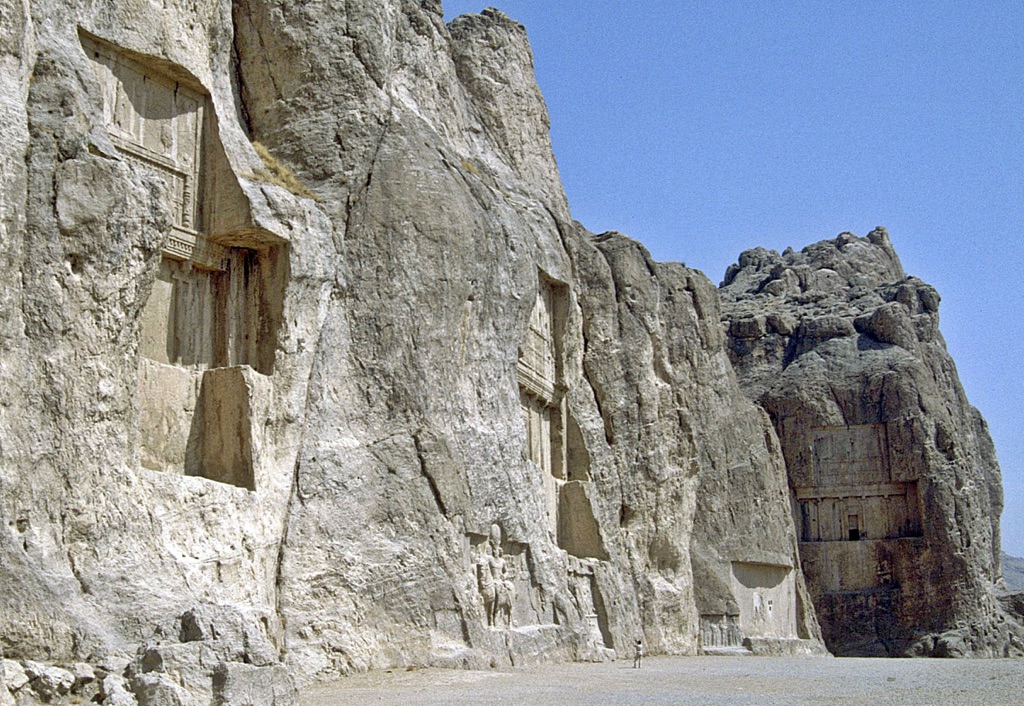
Integrating Modern Perspectives
In the study of Naqsh e Rostam, modern perspectives blend with traditional interpretations to enhance our understanding. Technology aids in 3D mapping and preserving the site while facilitating global awareness. Such technology keeps it relevant today. It helps enrich our appreciation of its cultural significance. As such, the site continues to be a pivotal subject in the discourse of ancient history and culture.
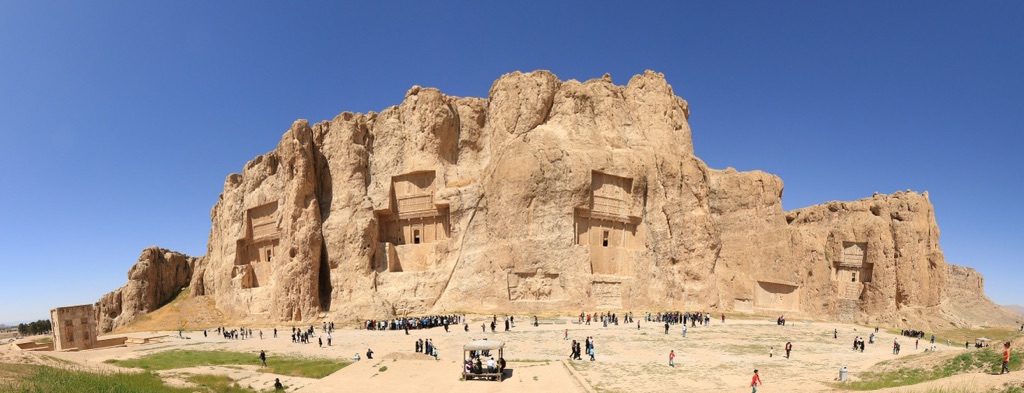
Conclusion and Sources
In summary, Naqsh e Rostam epitomizes the majestic influence and advanced cultural progression of ancient Persia. The site’s intricately carved tombs and reliefs provide a vivid look into the past, encompassing deep religious significance, artistic craftsmanship, and historical documentation of Persian empires. While this magnificent place continues to be a subject of fascination, the use of modern dating methods and technology, alongside continuous scholarly research, further unravels its enigmas, securing its relevance and reverence in the annals of history.
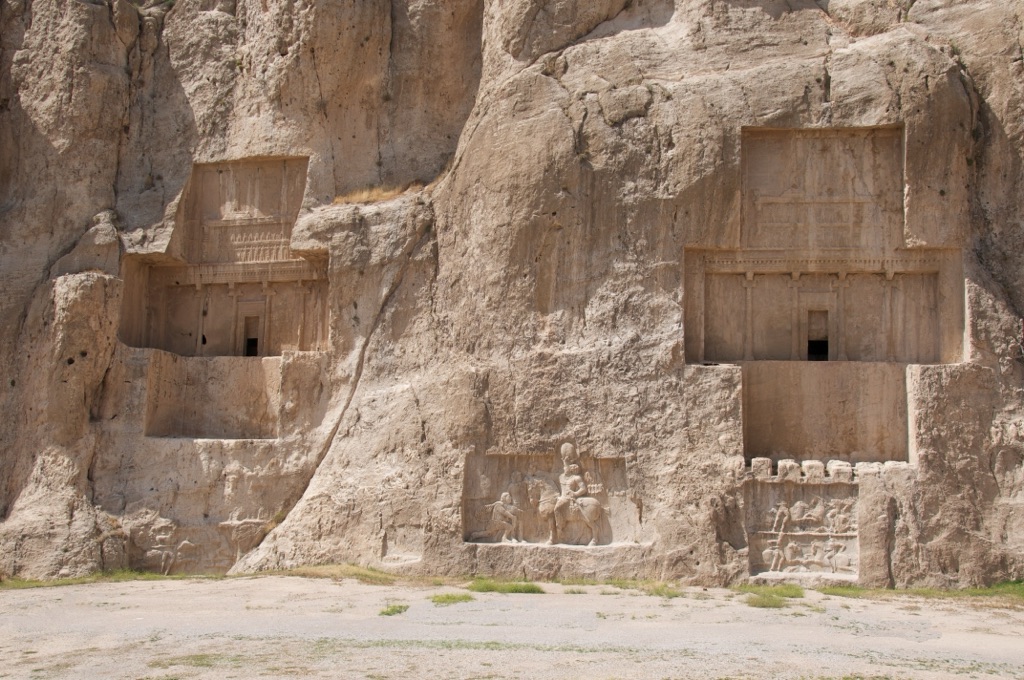
For further reading and to validate the information presented in this article, the following sources are recommended:
Or you can check any of these reputable archaeological and historical texts:
Shahbazi, A. S. (1985). The Irano-Lycian Monuments: The Principal Antiquities of Xanthus Demographically and Epigraphically and Critically. The American Journal of Archaeology, 89(3), pp. 555-556.
Sumner, W. M. (1986). Achaemenid Settlement in the Persepolis Plain. American Journal of Archaeology, 90(1), pp. 3-31.
Lerner, J. A. (1999). The Achaemenid Relief at Naqsh-i Rustam: The Triumph of Shapur I. Iranica Antiqua, Vol. XXXIV, pp. 241-265.
Callieri, P. (2007). Archaeology at Persepolis: A Review Article. Iranian Studies, 40(2), pp. 251-263.

